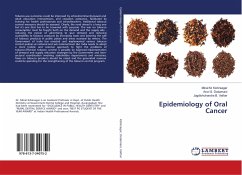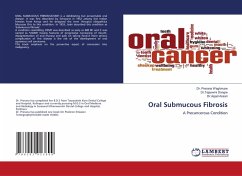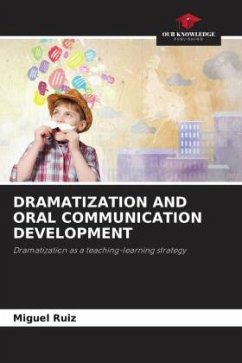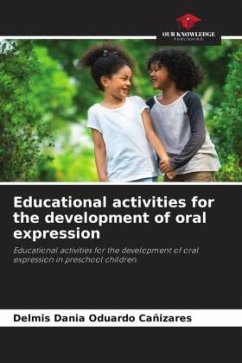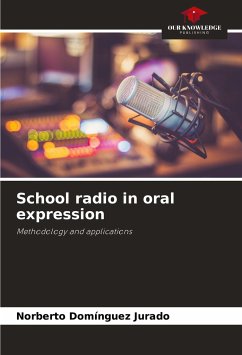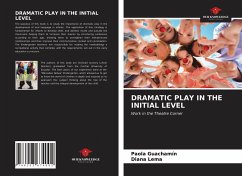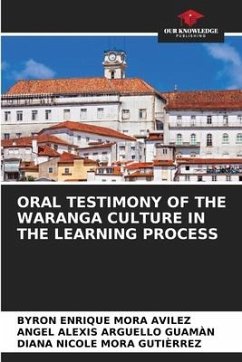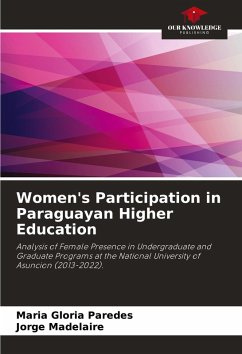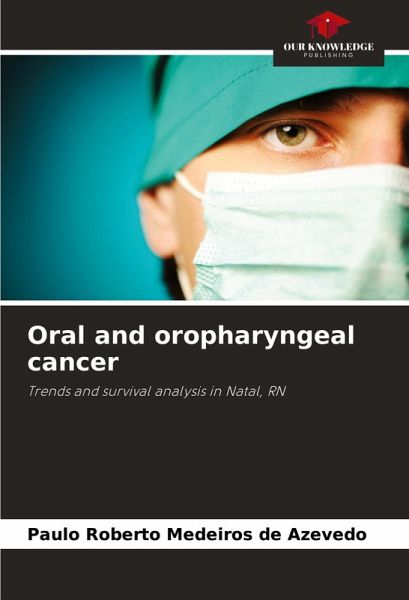
Oral and oropharyngeal cancer
Trends and survival analysis in Natal, RN
Versandkostenfrei!
Versandfertig in 6-10 Tagen
22,99 €
inkl. MwSt.

PAYBACK Punkte
11 °P sammeln!
In Brazil, the incidence and mortality rates for oral cancer are among the highest in the world. This study aims to estimate the cumulative probability of survival after five years, adjust the Cox model, and describe the mortality and incidence rates for oral and oropharyngeal cancers in Natal, Rio Grande do Norte, Brazil. Differences between survival curves were tested. The Cox model was used to estimate risk ratios and regression analysis was used for trend analysis. The cumulative probability obtained after 5 years for all cases was 22.9%. Patients with undifferentiated malignant neoplasms ...
In Brazil, the incidence and mortality rates for oral cancer are among the highest in the world. This study aims to estimate the cumulative probability of survival after five years, adjust the Cox model, and describe the mortality and incidence rates for oral and oropharyngeal cancers in Natal, Rio Grande do Norte, Brazil. Differences between survival curves were tested. The Cox model was used to estimate risk ratios and regression analysis was used for trend analysis. The cumulative probability obtained after 5 years for all cases was 22.9%. Patients with undifferentiated malignant neoplasms are 4.7 times more likely to die than those with epidermoid carcinoma, and patients with oropharyngeal cancer are twice as likely to die as those with oral cancer. The standardized mortality and incidence rates for oral cancer were 2.9 and 4.3 per 100,000, respectively. For oropharyngeal cancer, the mortality and incidence rates were 1.1 and 0.7 per 100,000, respectively. A low 5-year survival rate was identified. Patients with oral cancer have a lower risk of death.



